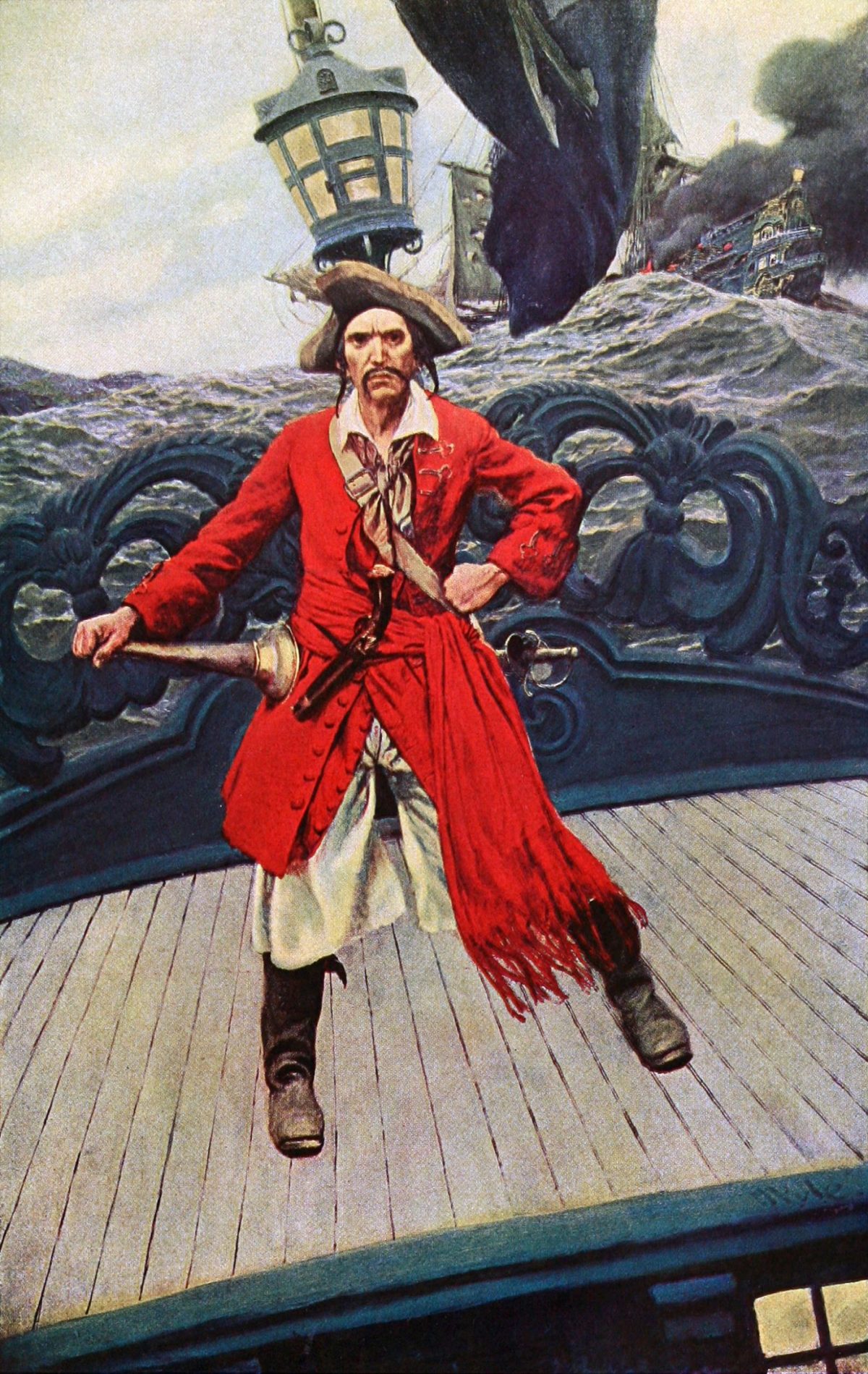
William ‘Captain’ Kidd.
Vincent Van Gogh admitted to his brother Theo, he was struck “dumb with admiration” when he saw Howard Pyle’s illustrations in a magazine. Pyle (1853-1911) was the top American illustrator circa 1880-1910. His work made top moolah pulling in five times the going rate or $75 for a double-page spread in Harper’s Bizarre, 1878.
Pyle created images which made the public buy a magazine or a book for its cover alone. In modern parlance: his work was cinematic, powerful, and dramatic. If he’d been born a few decades later, Pyle may have been a film director. He used strange angles to look down on battle scenes or cast figures centre frame while mayhem occurred all around. He sketched deserted figures in a landscape which explained the whole narrative in a single frame.
Pyle was born in Wilmington, Delaware. His parents early recognised his prodigious talent for drawing and painting. They encouraged him to focus on developing this talent. He was lucky he got sent to a private school which fostered his genius.
When he first moved to New York to become a magazine illustrator, he had no idea how to sell himself. He needn’t have worried. One glance by the editor of Pyle’s artistry pulled in commissions. He was soon illustrating books like the The Merry Adventures of Robin Hood which created the imagery we are all familiar with today. Or books about knights in shining armour like Men of Iron and Otto of the Silver Hand. Publishers would hire Pyle knowing no matter how trashy the novel, Pyle’s artwork would make it a hit.
In the 1890s, Pyle, by then married with seven kids, was asked to teach drawing at university. This led him to set up the Howard Pyle School of Illustration Art in 1900. His school launched a whole new generation of artists who shaped the 1920s, 1930s, and 1940s.
Pyle’s imagination created a universal template for pirates. Every book, magazine, and Hollywood film used Pyle’s illustrations of pirates to dress Errol Flynn as Captain Blood or Johnny Depp as Jack Sparrow.
After his death from Bright’s disease in 1911, a giant compilation of Pyle’s illustrations of swashbuckling buccaneers was published under the title Howard Pyle’s Book of Pirates. It became a go-to-book for Hollywood costumiers and pulp fiction illustrators when conjuring up those daring pirates of the seven seas.
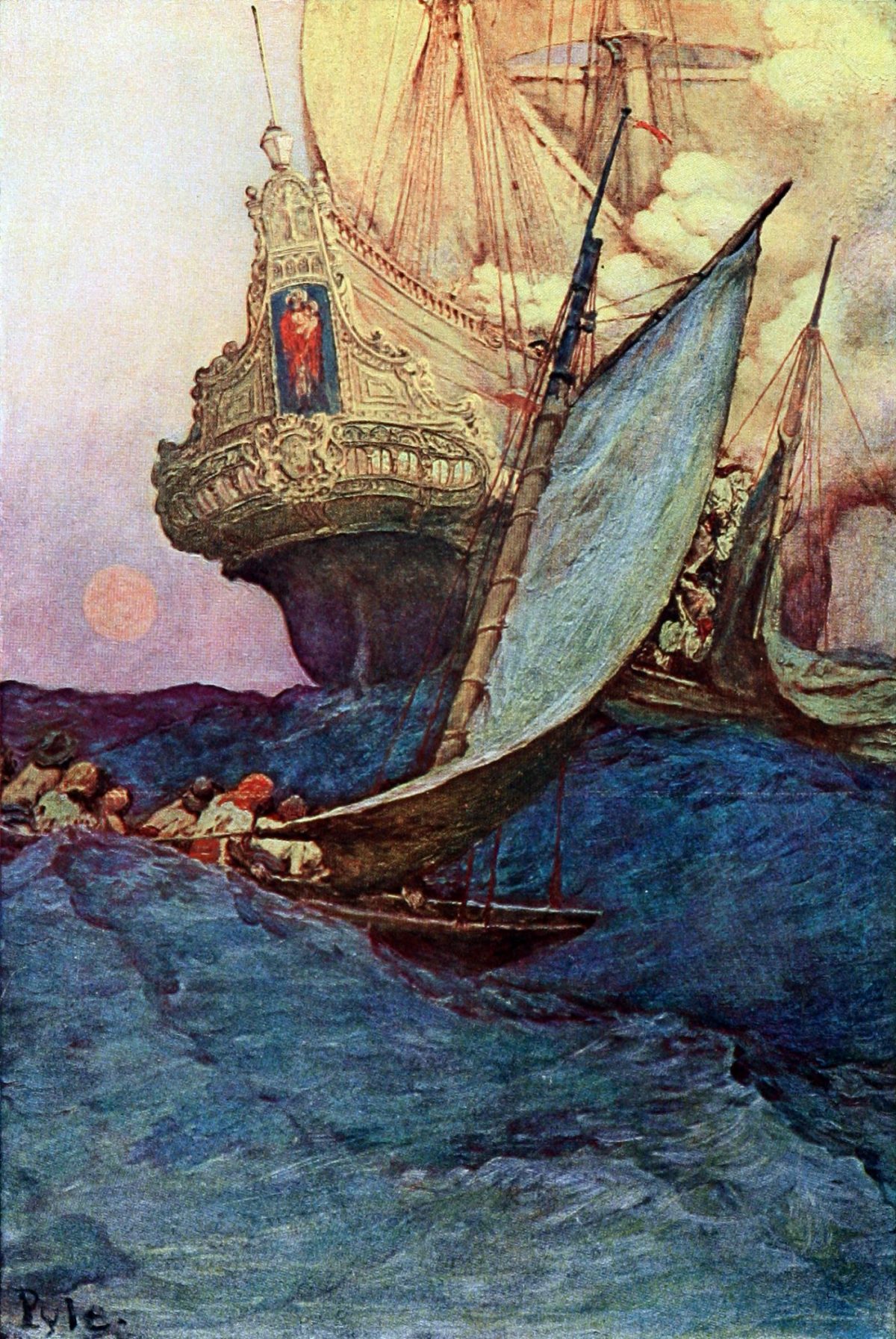
Pirates attack.
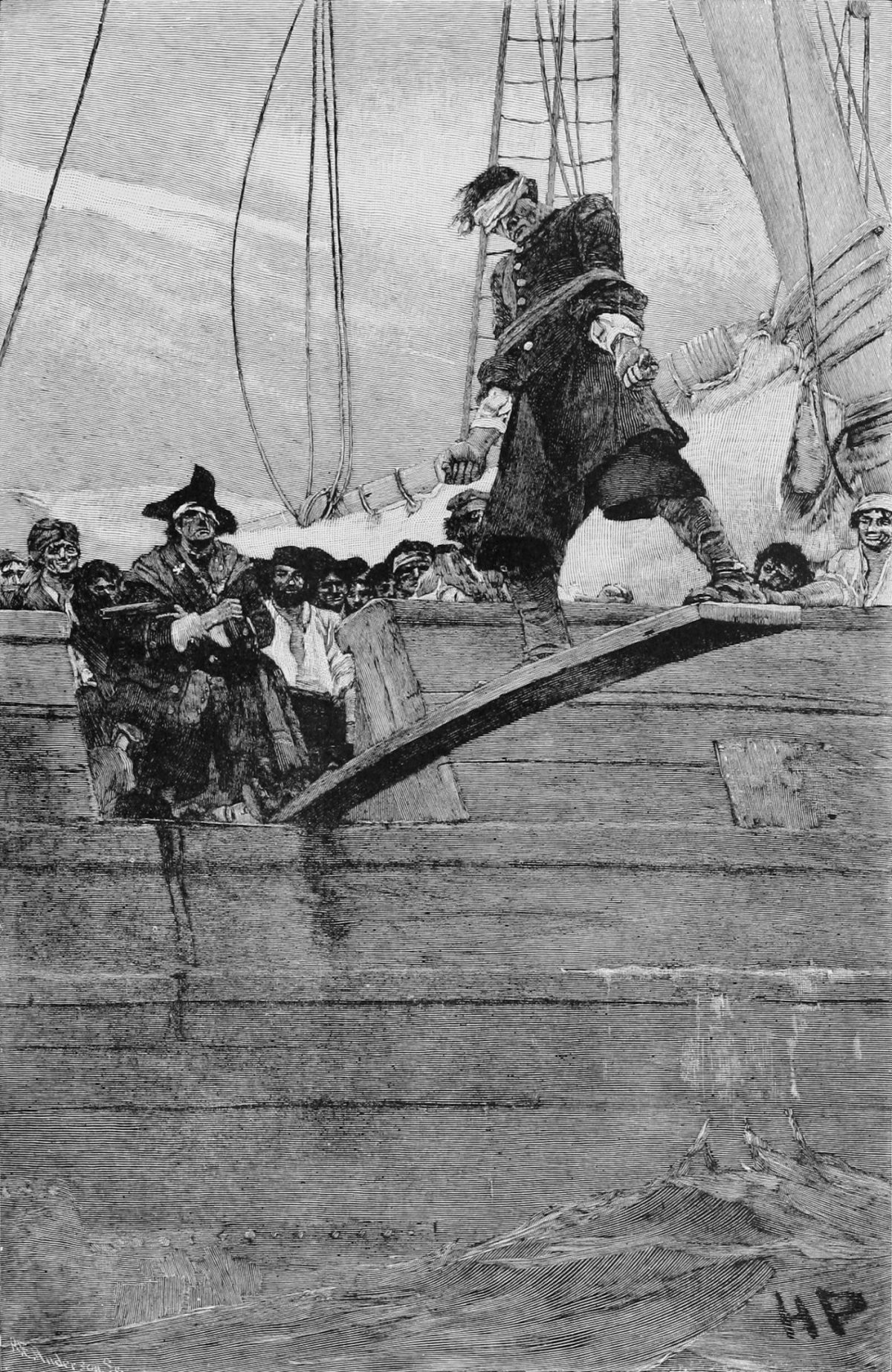
Walk the plank, you mangy cur!
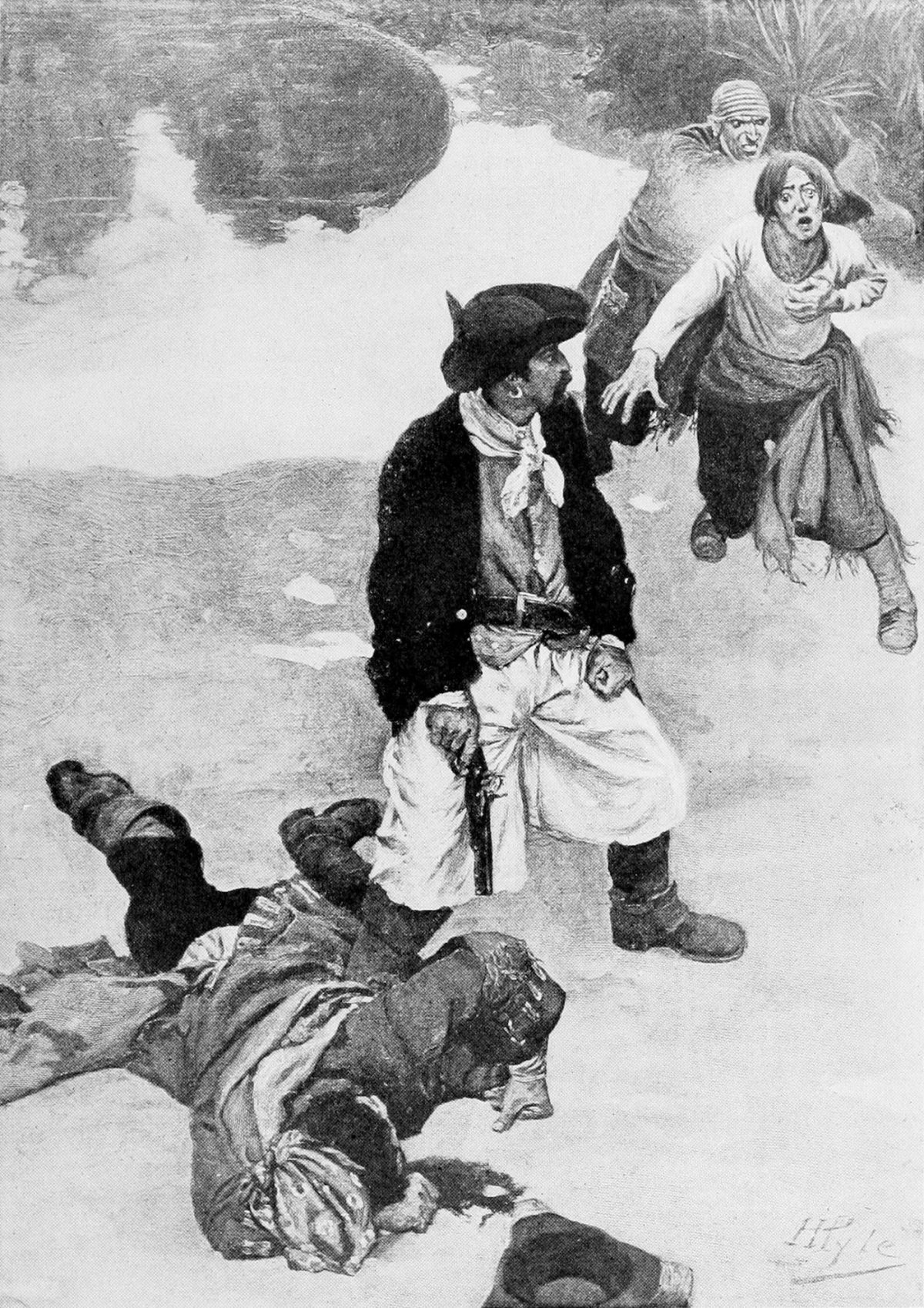
Shot in the head.

Buried treasure.
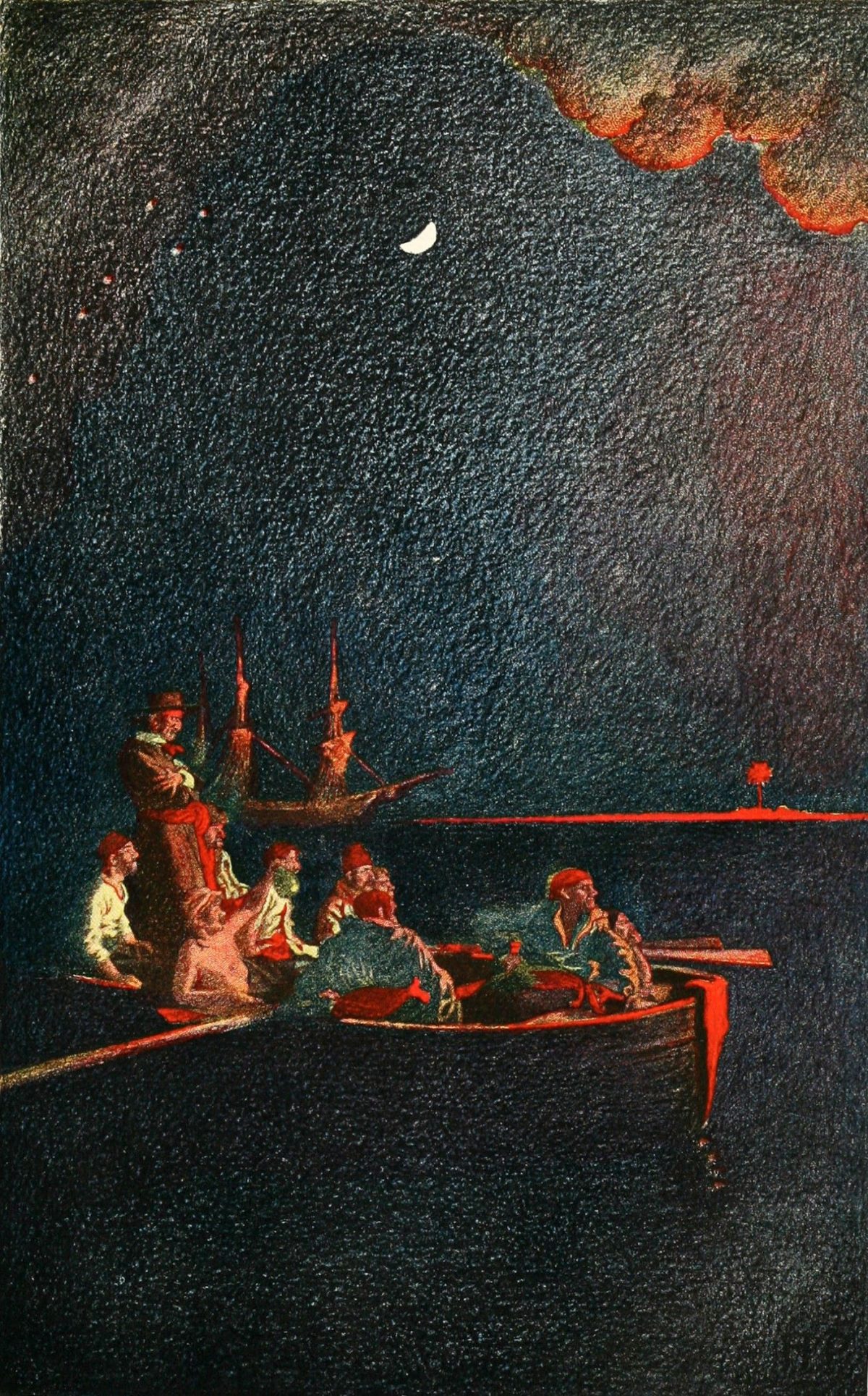
Pirates in a longboat at night.
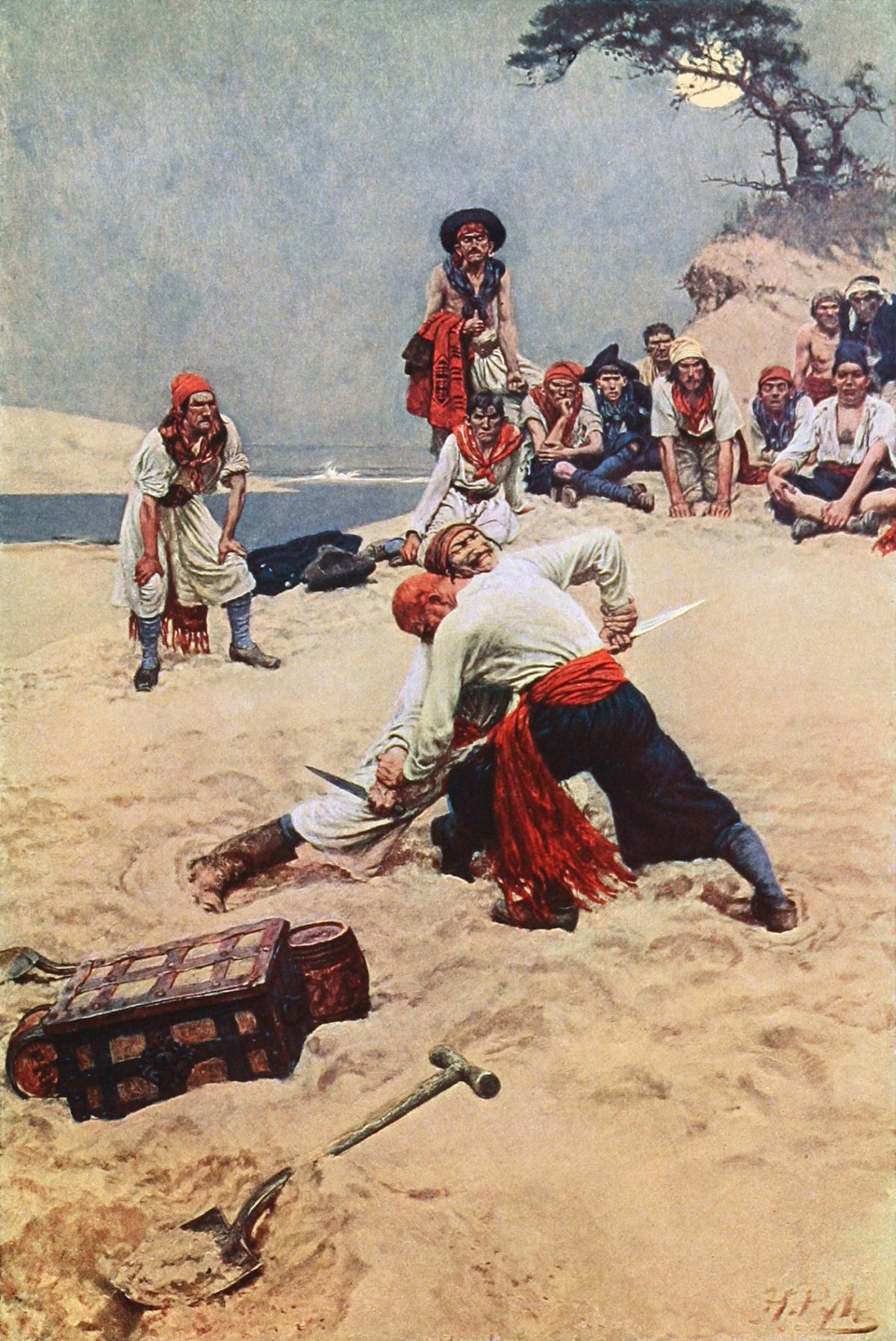
Pirates fight to the death.
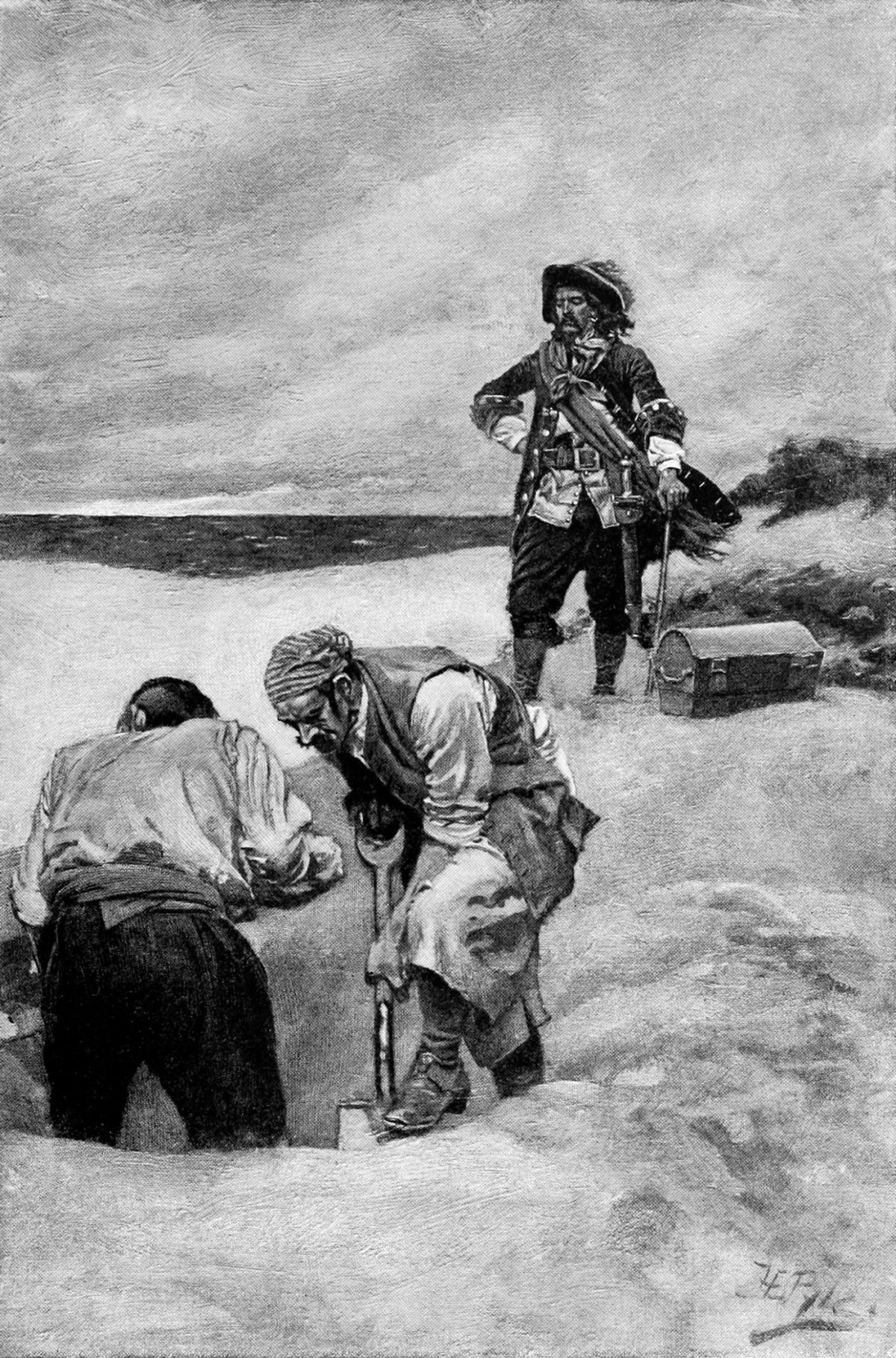
Captain Kidd watches his fellow pirates bury treasure.
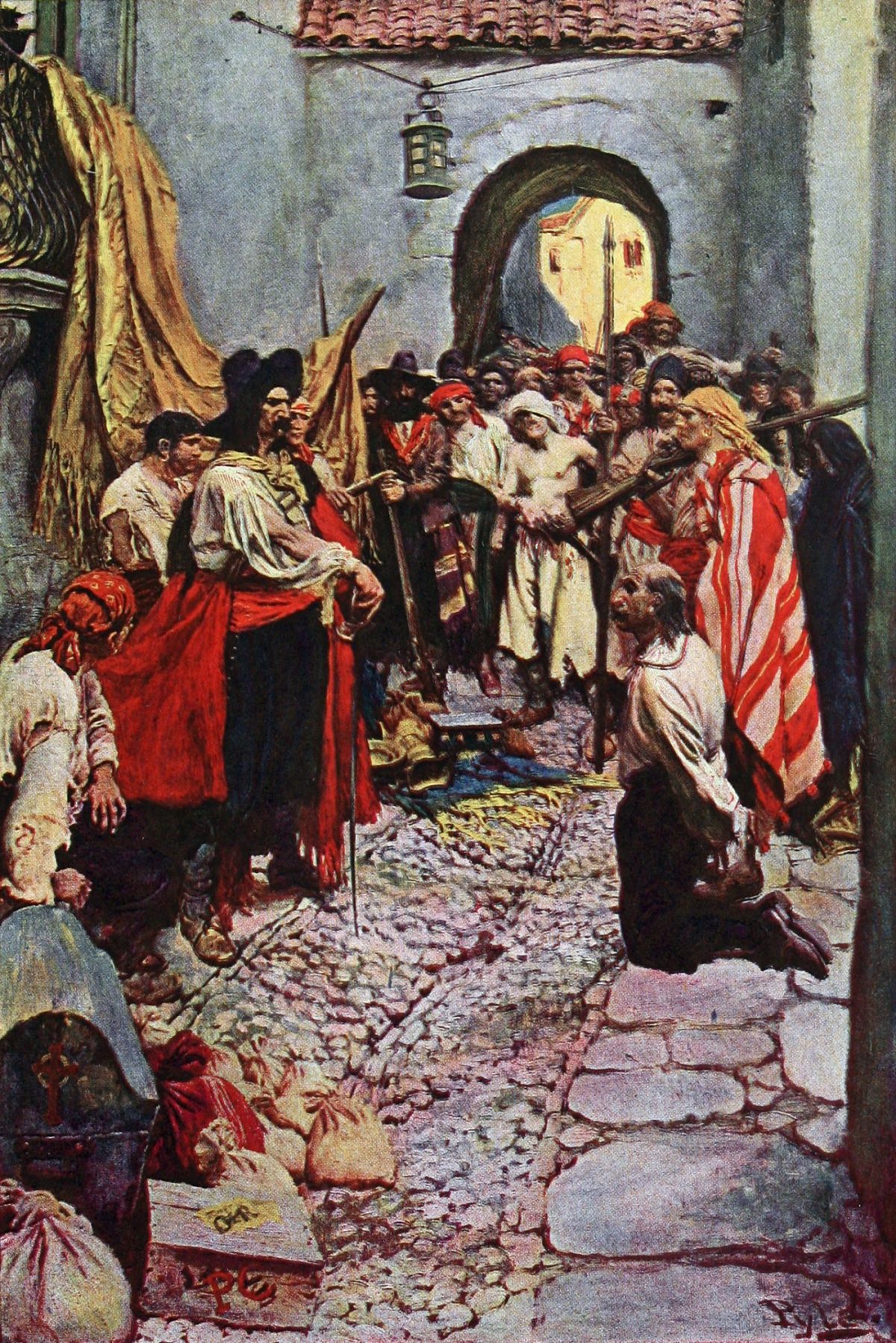
Citizens pay tribute to Captain Kidd.
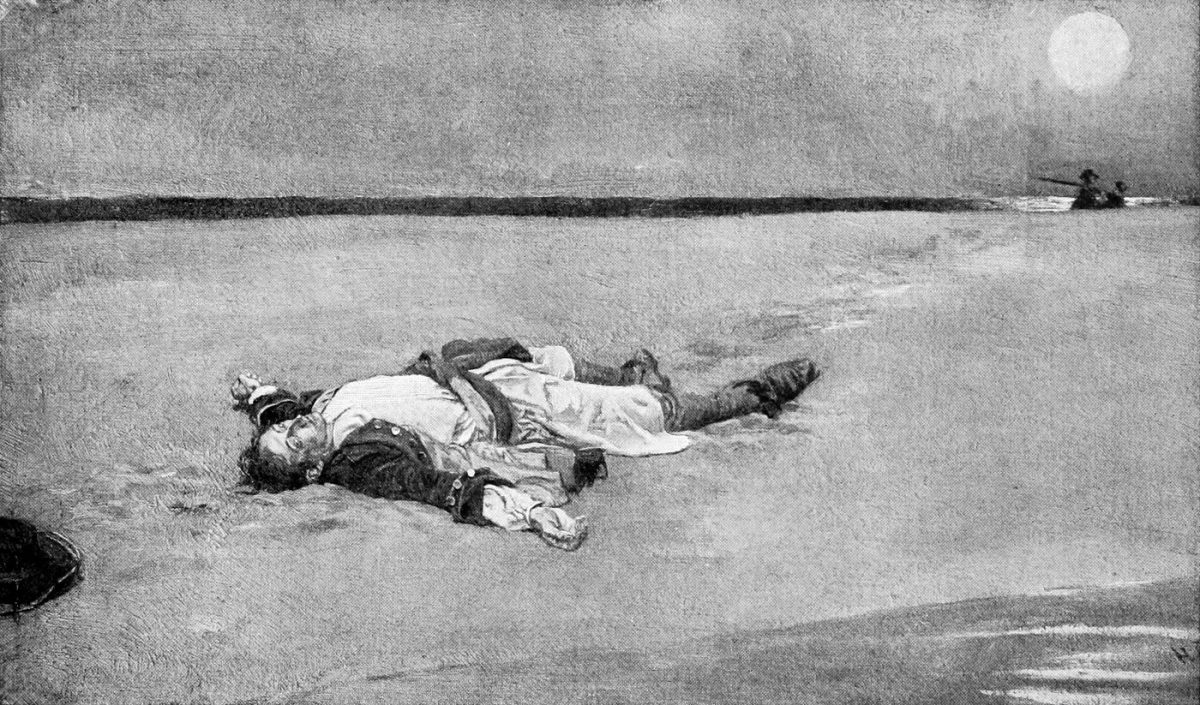
The dead pirate.

The cabin boy is led to the Captain.
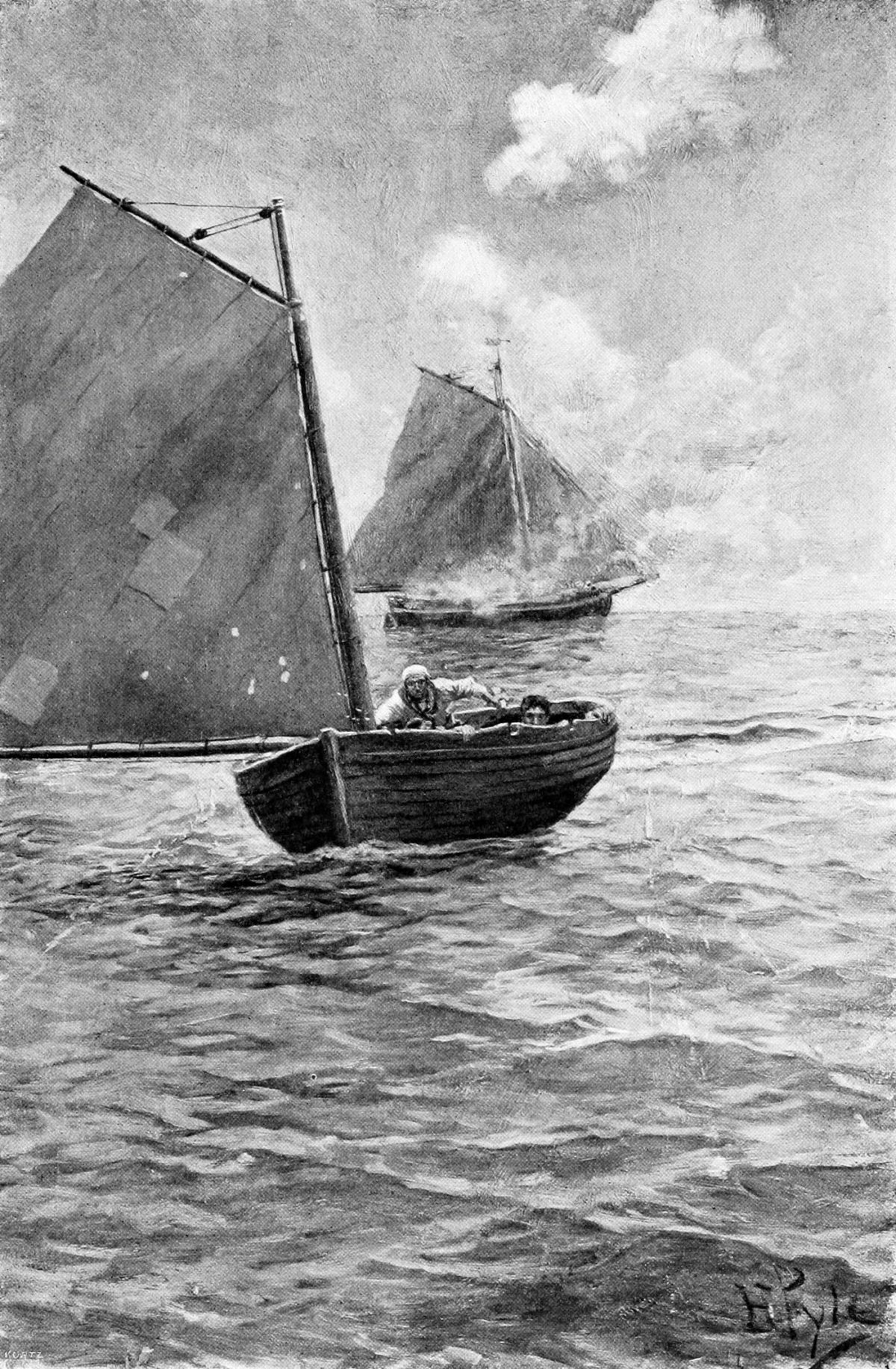
Bullets fly and hum.
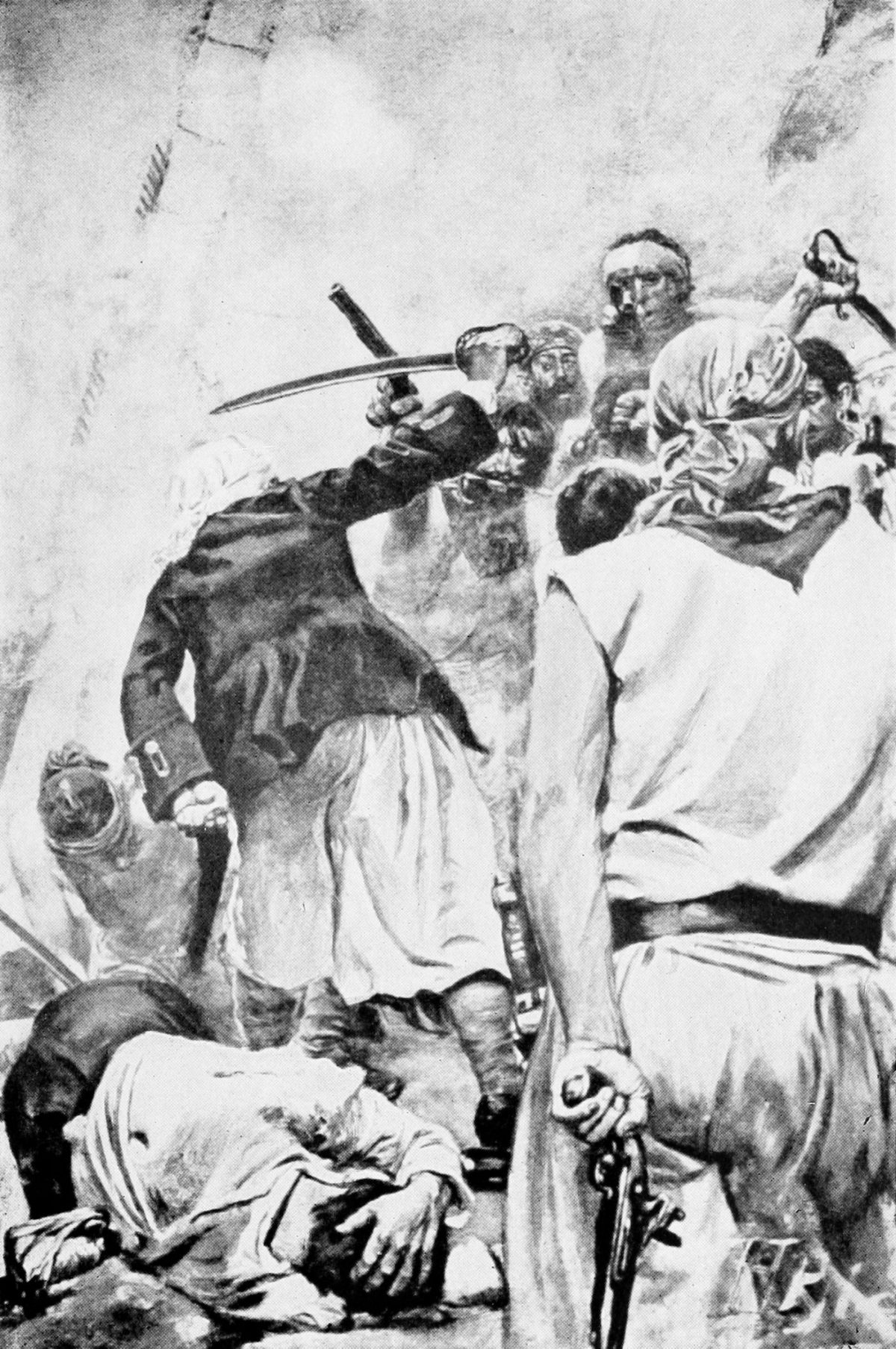
They cut and slashed.
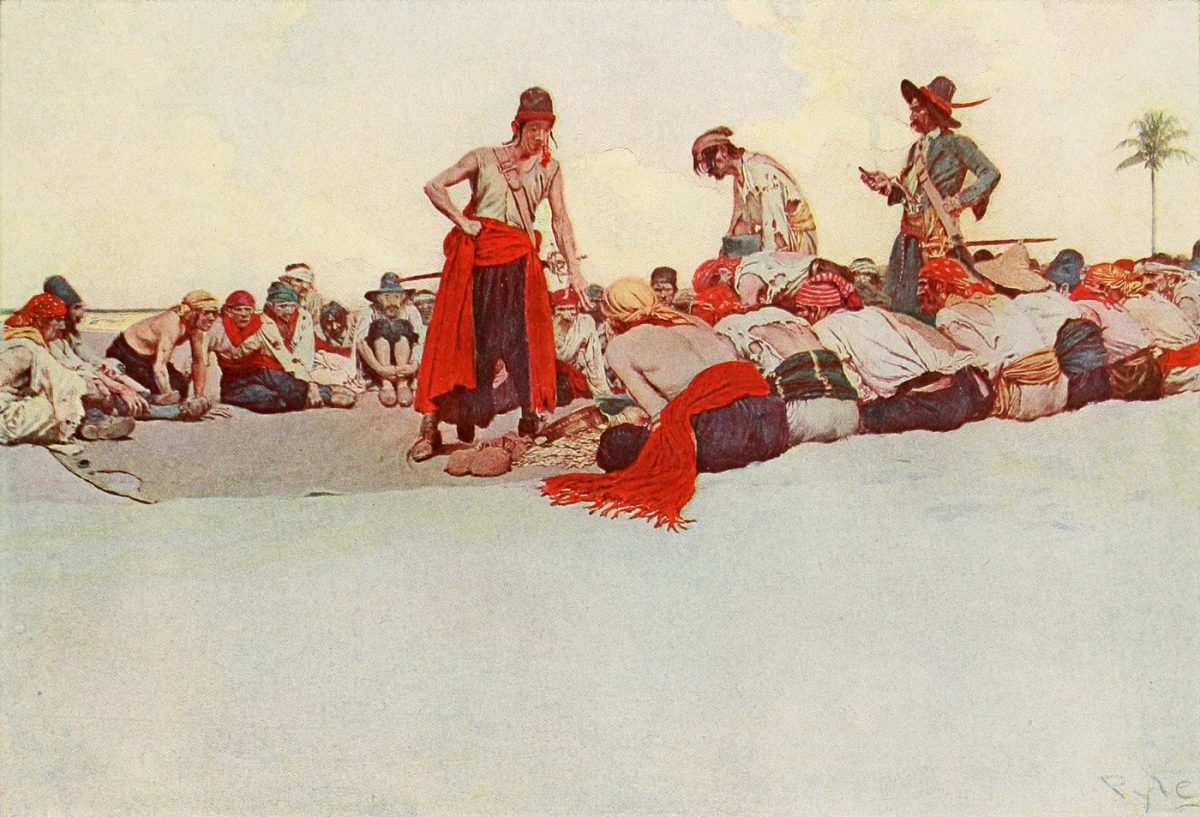
The treasure is divided among the pirates.
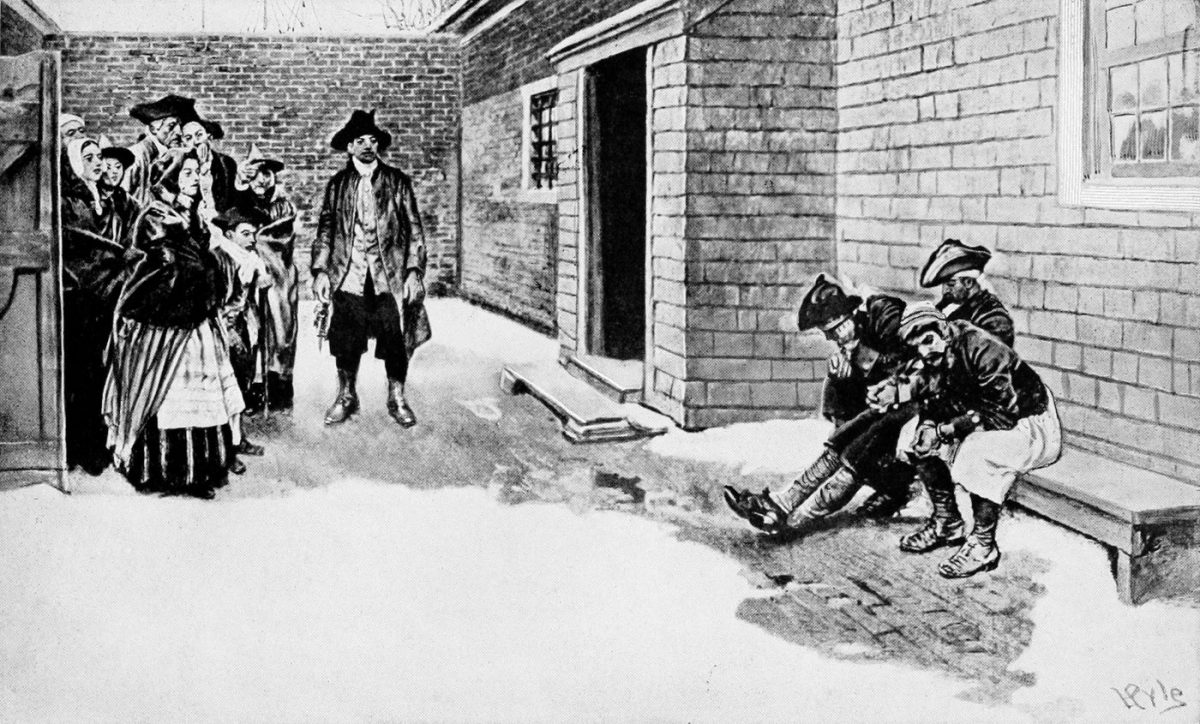
Visiting the pirates in jail.
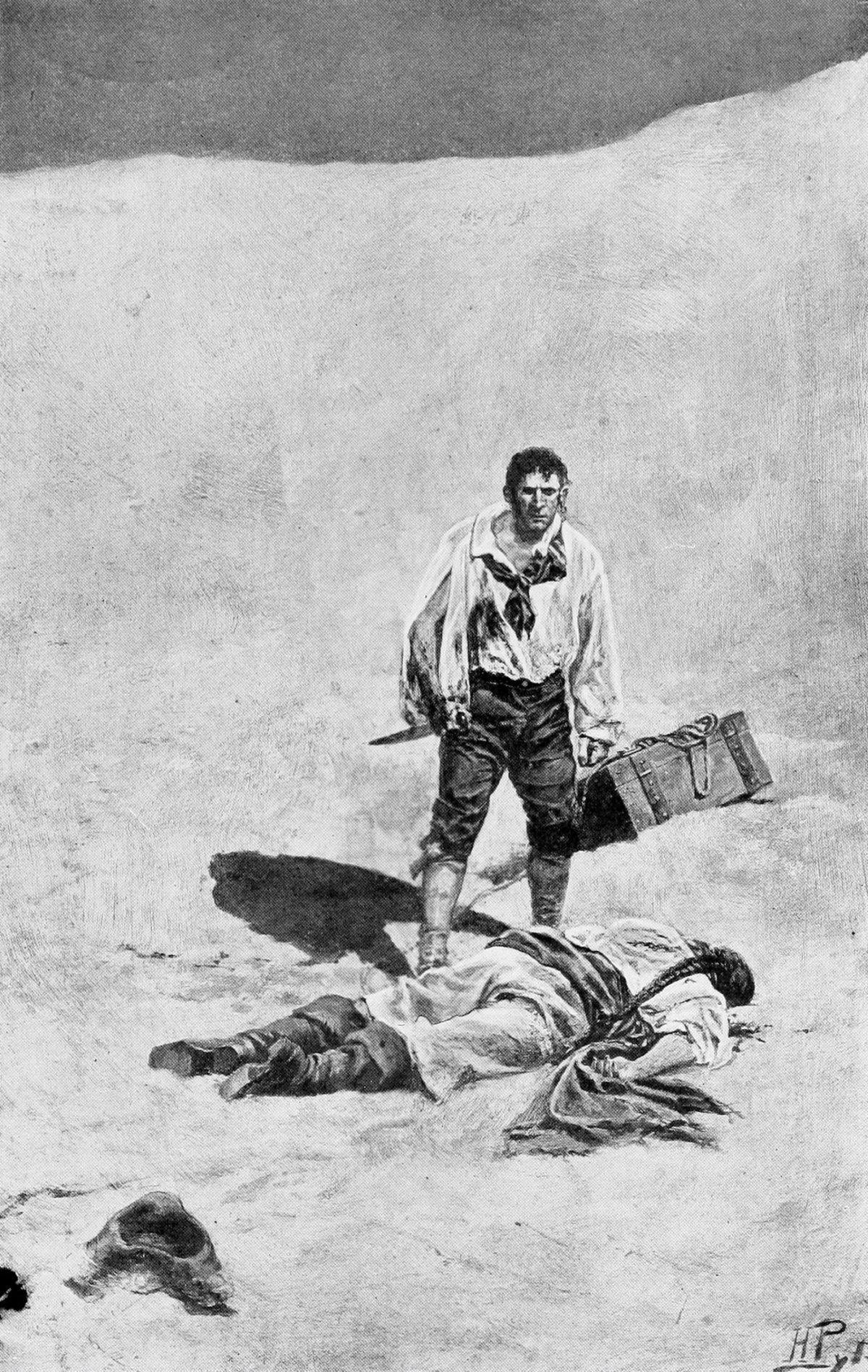
He lay dead.
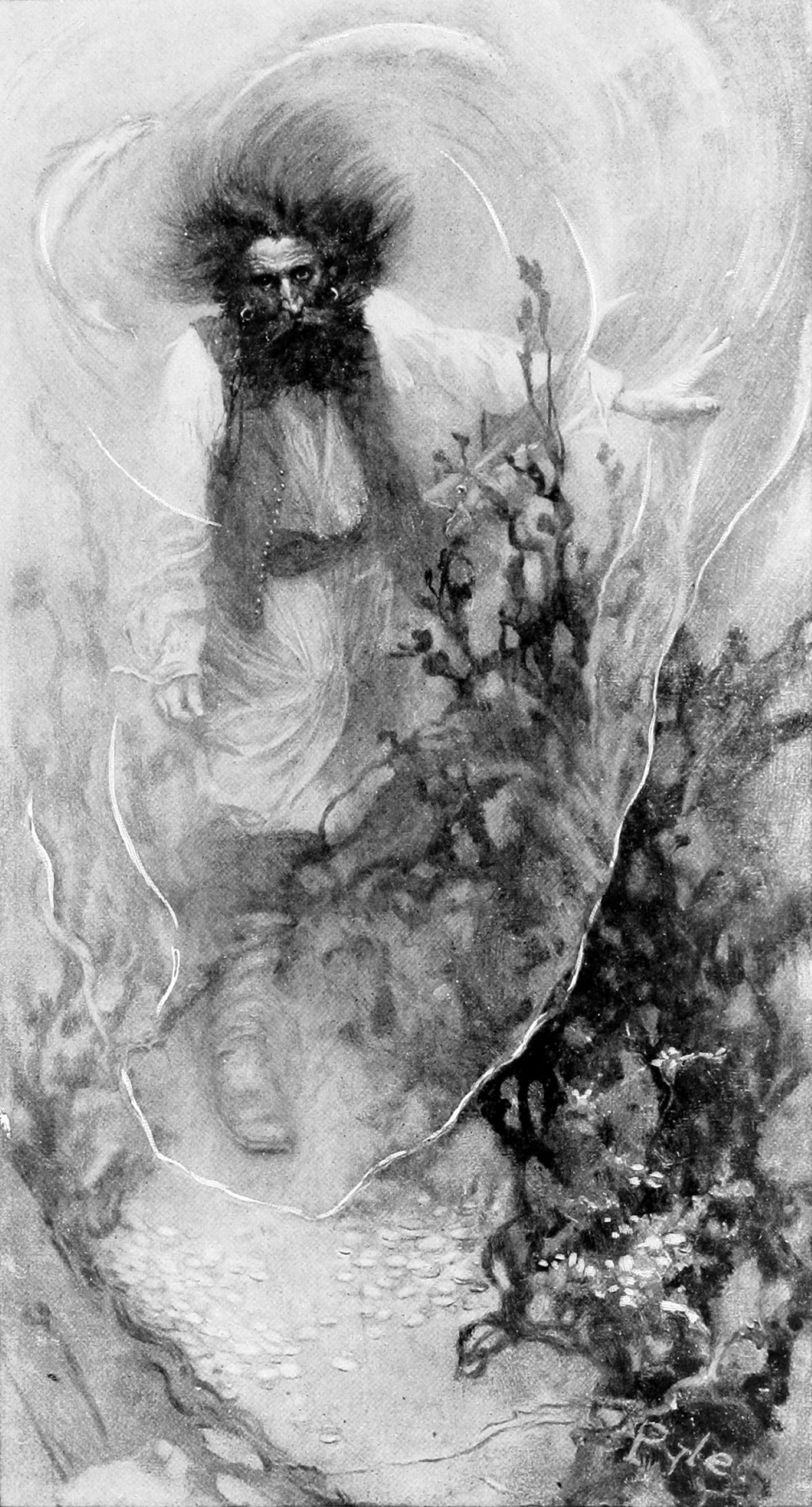
The drowned pirate.
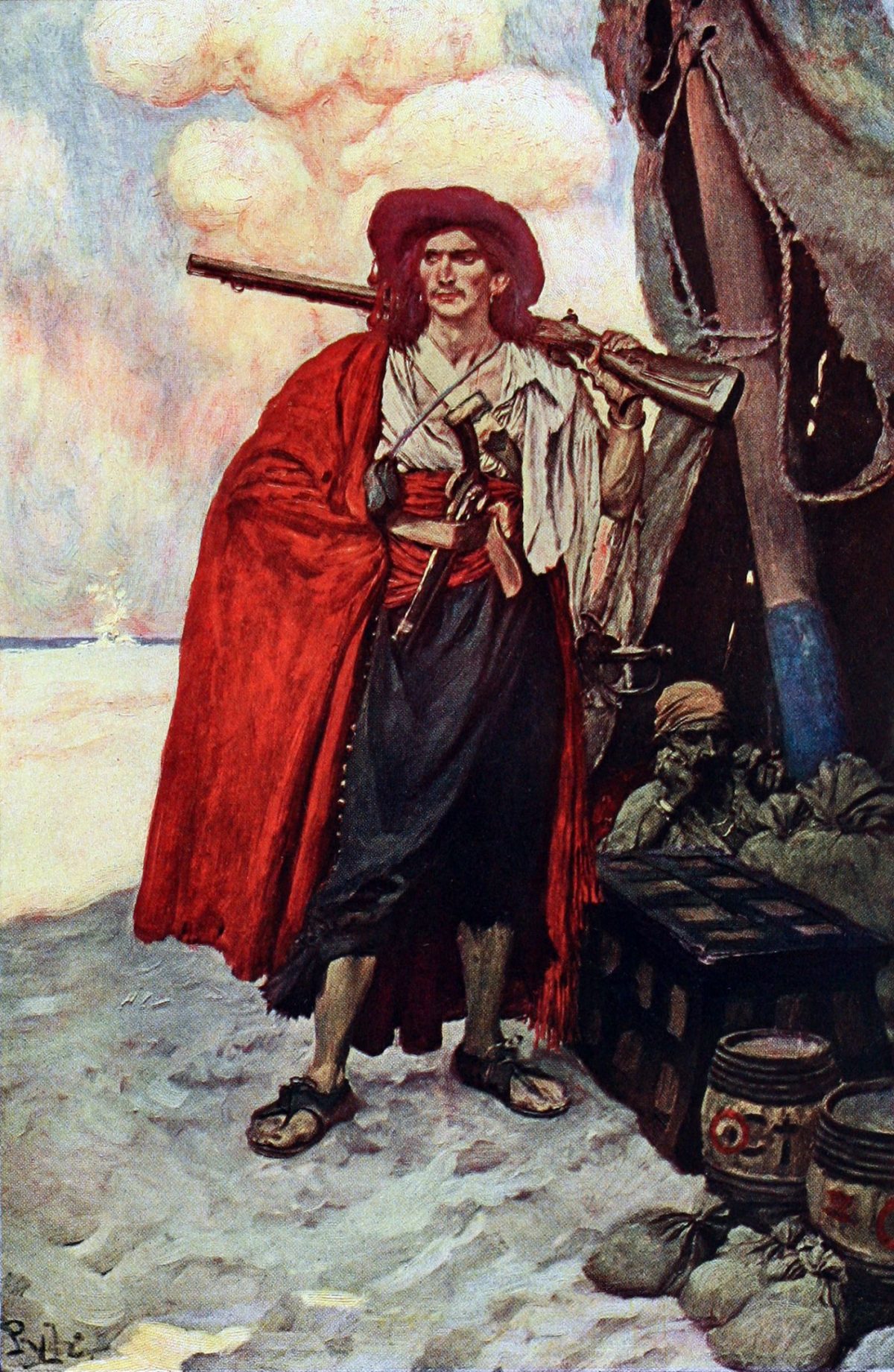
The buccaneer was a picturesque fellow.
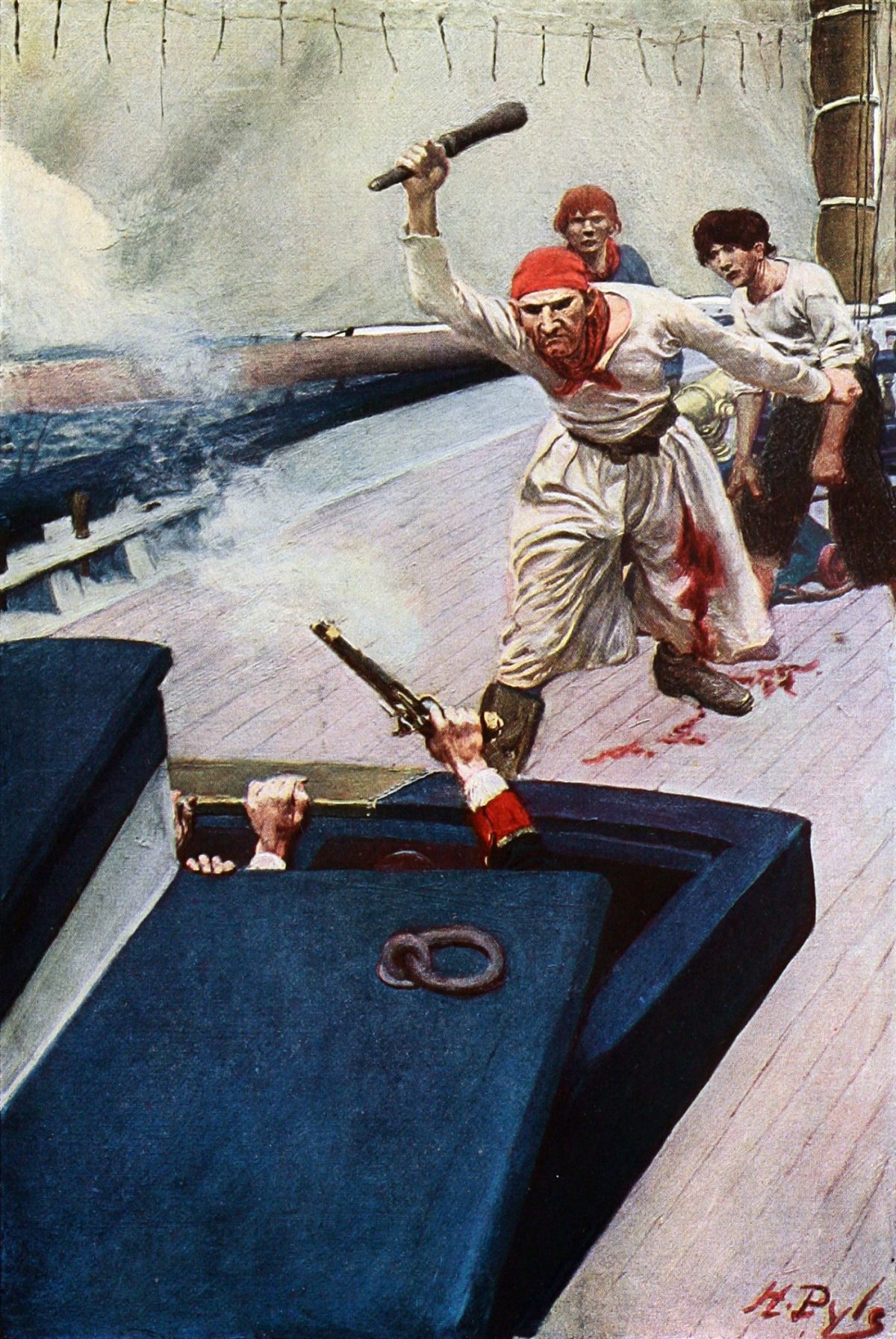
The last battle.
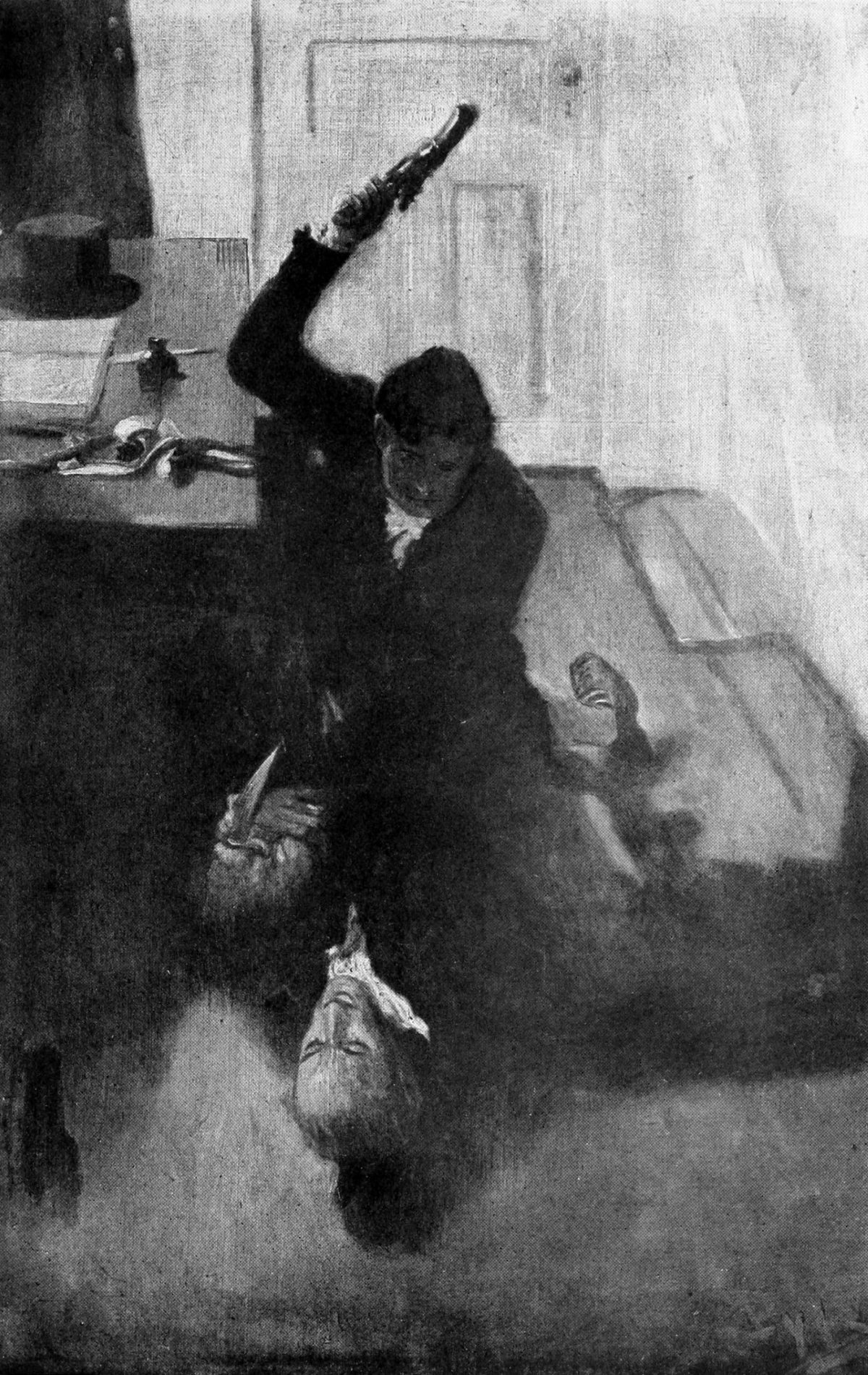
He struck him dead.
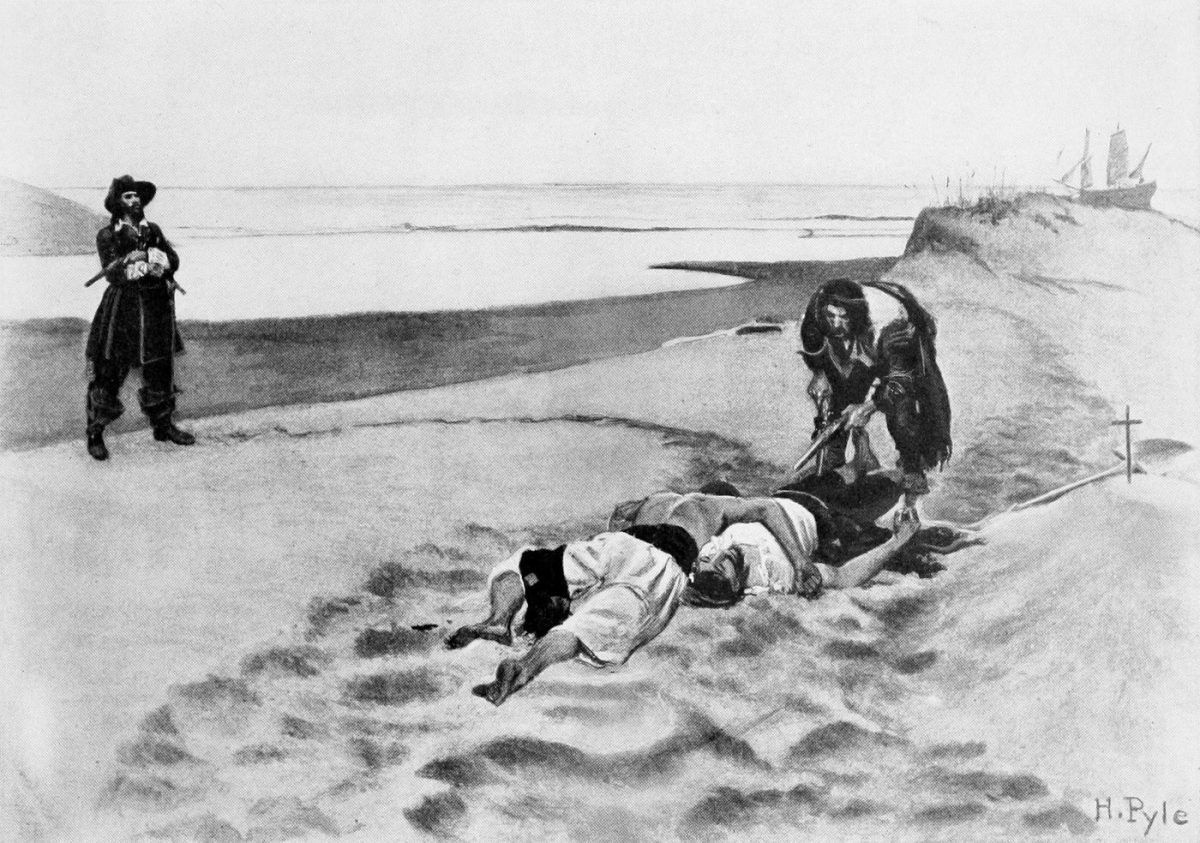
Dead men tell no tales.
Would you like to support Flashbak?
Please consider making a donation to our site. We don't want to rely on ads to bring you the best of visual culture. You can also support us by signing up to our Mailing List. And you can also follow us on Facebook, Instagram and Twitter. For great art and culture delivered to your door, visit our shop.



